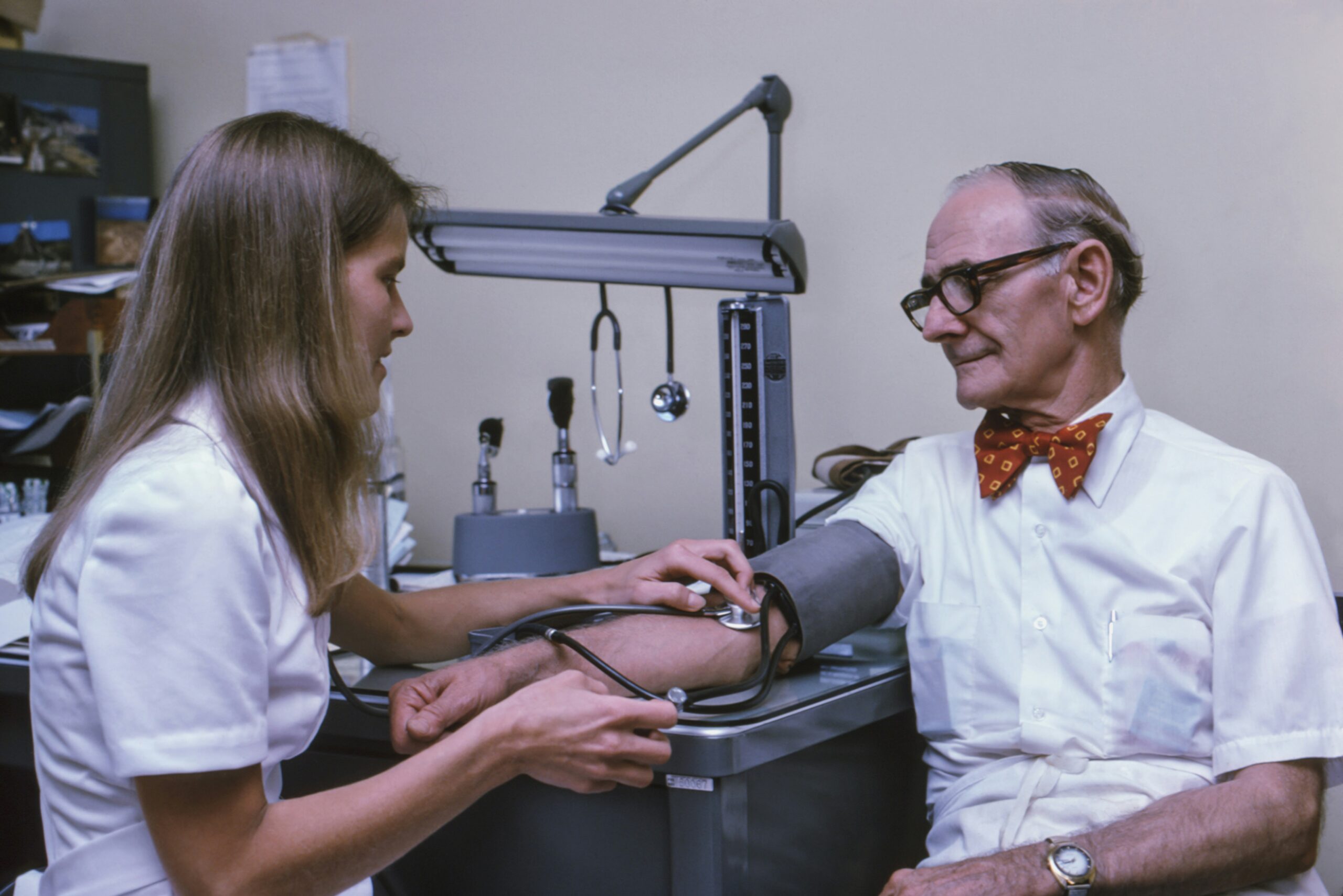
Medicine is often viewed as a field of science, centered on diagnosis, treatment, and technological advancements. However, at its heart, medicine is deeply human. It is about people—patients, caregivers, and healthcare providers—working together to restore health, alleviate suffering, and offer hope. The human side of medicine goes beyond the clinical aspects and addresses the emotional, psychological, and social elements that contribute to healing. This approach emphasizes compassion, communication, and the shared journey between doctors and patients.
Building Trust and Empathy
The foundation of a strong doctor-patient relationship is trust. Without it, effective treatment becomes difficult, if not impossible. Trust is built on mutual respect and open communication. When healthcare providers take the time to listen to their patients’ concerns, acknowledge their fears, and show empathy, they create a space where patients feel safe and understood.
Empathy plays a significant role in fostering this trust. When doctors demonstrate empathy, they are not just treating a disease but also addressing the emotional well-being of their patients. This approach helps to reduce anxiety, making patients more comfortable with the treatment plan. Furthermore, it builds a rapport that encourages patients to share important information that might otherwise go unspoken. In turn, this leads to better outcomes and a stronger partnership in health management.
Patient-Centered Care
At the core of human-centered medicine is the concept of patient-centered care. This approach focuses on treating the whole person, not just the disease. It involves understanding the patient’s unique needs, preferences, and values and integrating them into the treatment plan. The goal is not only to provide effective care but to ensure that patients are active participants in their health journey.
Patient-centered care empowers individuals to make informed decisions about their health. It respects their autonomy and recognizes their role in managing their well-being. This kind of care goes beyond the physical realm and includes psychological and emotional support, helping patients feel in control of their healthcare decisions. Moreover, it strengthens the connection between patients and healthcare providers, making the entire experience more collaborative and meaningful.
The Role of Compassionate Communication
One of the key components of human-centered medicine is compassionate communication. When healthcare providers communicate with kindness and clarity, they help patients navigate complex medical information. Doctors must explain diagnoses, treatment options, and potential outcomes in a way that patients can easily understand.
Clear communication also involves being present with the patient. Simple gestures, such as eye contact, a reassuring tone, and taking time to answer questions, can make a significant difference in a patient’s experience. By demonstrating that they care about the patient’s concerns, healthcare providers help ease feelings of uncertainty and fear. This type of communication is essential, particularly in times of crisis, as it fosters a sense of support and comfort during difficult moments.
Addressing the Emotional Impact of Illness
While physical health is often the primary focus in medicine, the emotional impact of illness is equally important. Chronic illness, serious diagnoses, and even minor health challenges can take a toll on a person’s mental and emotional well-being. Patients may experience fear, anxiety, or depression, and these feelings can interfere with their ability to heal.
Healthcare providers play a crucial role in addressing the emotional impact of illness. By acknowledging the psychological strain that comes with being unwell, doctors can help patients cope more effectively. This may involve referring patients to mental health professionals, providing counseling, or simply offering a listening ear. When patients feel supported emotionally, they are more likely to adhere to treatment plans and engage in their recovery.
Hope as a Healing Tool
Hope is a powerful tool in the healing process. It can inspire patients to take an active role in their care, maintain a positive outlook, and stay motivated throughout their treatment. A hopeful mindset has been shown to improve outcomes, particularly for those with serious or life-threatening illnesses. Doctors and healthcare providers can help foster hope by maintaining a positive yet realistic perspective, offering encouragement, and celebrating small victories along the way.
However, hope does not mean providing false assurances. It’s important for healthcare providers to balance optimism with honesty. Acknowledging the challenges ahead while still highlighting the potential for improvement gives patients a sense of control and purpose. The presence of hope in the medical journey can be transformative, not only in improving health but also in strengthening the resilience of patients and their families.
In medicine, the human aspect is just as important as the scientific one. The connection between doctor and patient, built on trust, empathy, and compassionate communication, creates a healing environment where health and hope thrive. Patient-centered care, emotional support, and the fostering of hope all play integral roles in the journey toward recovery. By embracing the human side of medicine, healthcare providers can transform the way patients experience their treatment, ensuring that their physical and emotional needs are met. In the end, it is this human connection that makes medicine truly transformative.